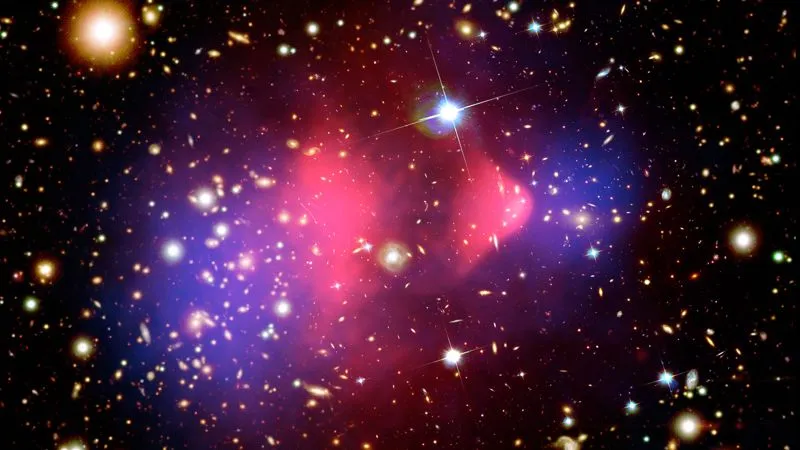All the matter we can see — stars, planets, cosmic dust and everything in between — can’t account for why the universe behaves as it does, and there must be five times as much of it around for researchers’ observations to make sense, according to NASA. Scientists call that dark matter, because it does not interact with light and is invisible.
The study, published June 6 in the journal Physical Review Letters, reveals that these black holes must have appeared in the first quintillionth of a second of the big bang: That is really early, and a lot earlier than the moment when protons and neutrons, the particles everything is made of, were formed.
Such a formation would make them fundamentally different from the astrophysical black holes that scientists normally observe in the universe, which are the result of collapsing stars. Also, a primordial black hole would be much smaller — only the mass of an asteroid, on average, condensed into the volume of a single atom. But if a sufficient number of these primordial black holes did not evaporate in the early big bang and survived to this day, they could account for all or most dark matter.



black holes interact with light 🤔
No, they don’t. Black holes deform spacetime, which makes light take a different path, but that’s not interaction with the EM waves themselves. Actual interaction is stuff like reflection and absorption.